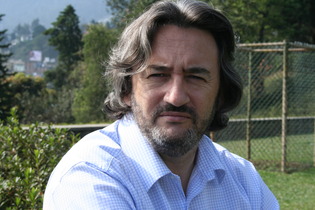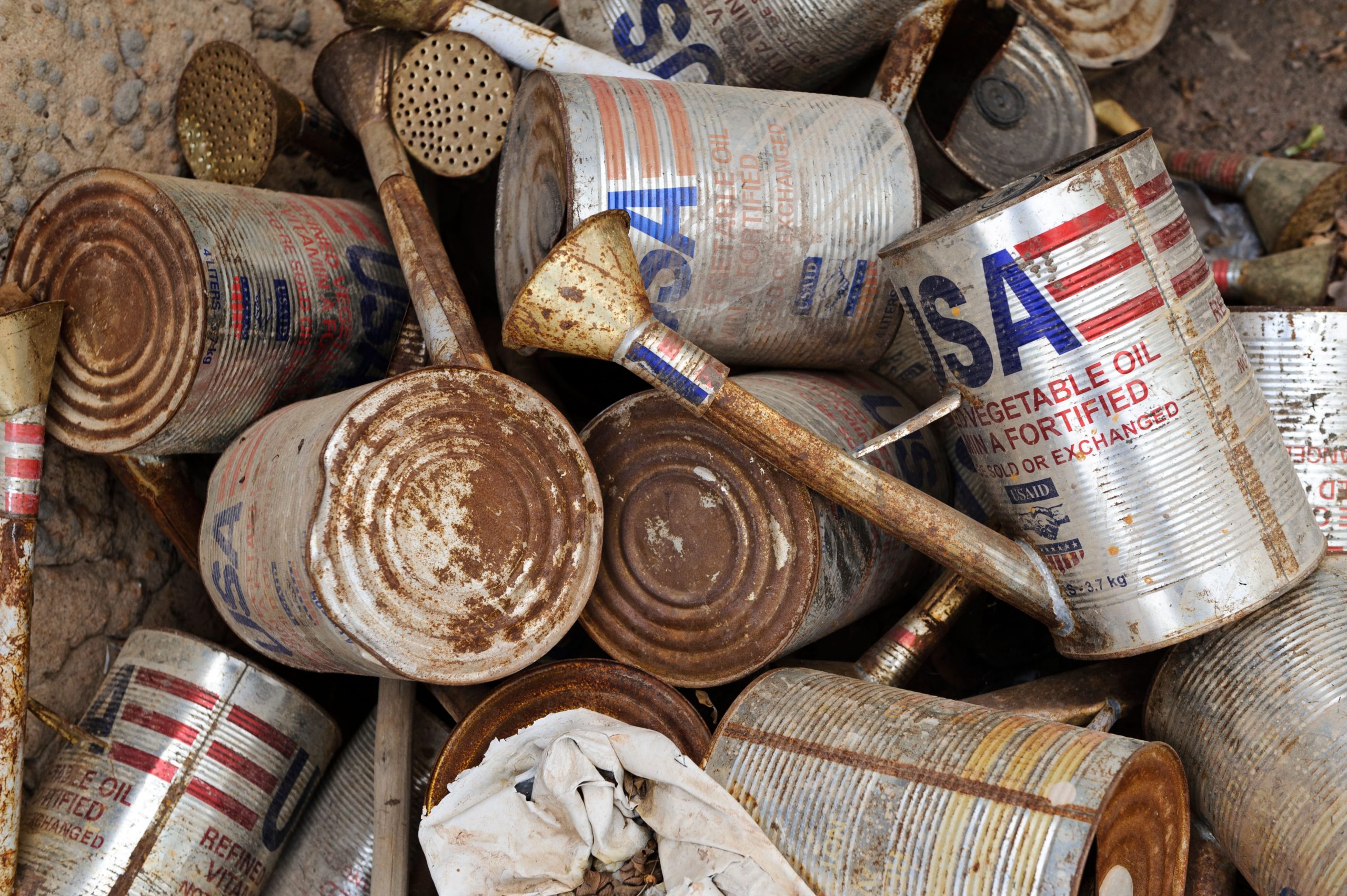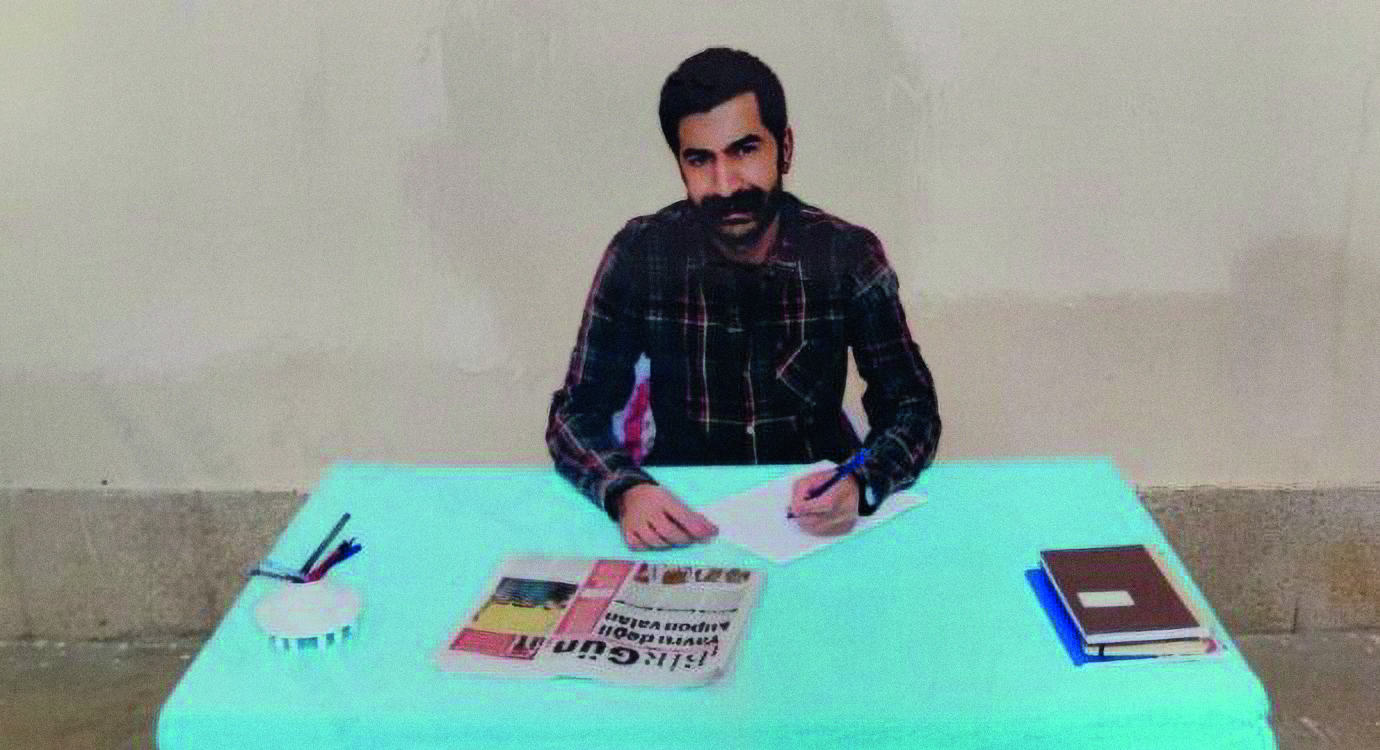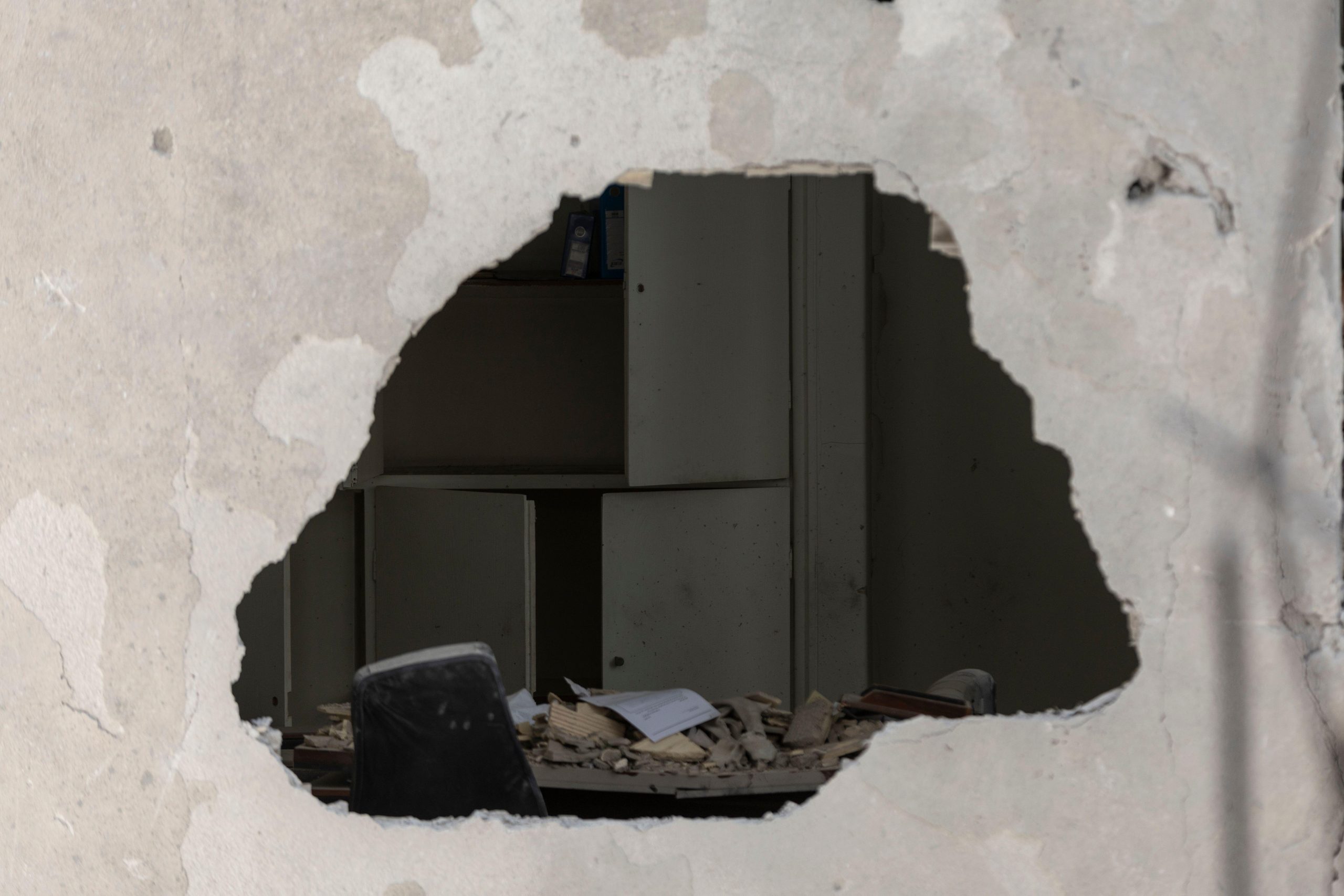 In 2007, Fergal Keane reported for Index on the near impossibility of working as a reporter in Burma. Returning in 2012, he found much had changed. But though the military is slowly loosening its grip, restrictions remain
In 2007, Fergal Keane reported for Index on the near impossibility of working as a reporter in Burma. Returning in 2012, he found much had changed. But though the military is slowly loosening its grip, restrictions remain
Old habits die hard. Walking to the door I felt my shoulders flinch. Any second now they would come running to tell me it was a mistake. “Please step this way. Step this way NOW.” Yet nobody stopped me.
In fact the senior officer who had been summoned to passport control to inspect my journalist visa smiled and said “Welcome to Myanmar Mr. BBC”. I gibbered some words of thanks and headed out into the sweltering, glorious night.
In the old days you presented yourself at passport control with a pounding heart and a dry mouth, convinced that at long last you were about to be found out. After all, you had made so many visits as a tourist even the most gullible of immigration officers would be bound to question your devotion to the beauty of Burma.
It didn’t help when my “tourist” trips nearly always coincided with some major political upheaval. What kind of person wants to holiday in Rangoon while thousands of people are being locked up and tortured?
Yet I was never asked that question. Usually the bored officer flicked through the pages until he/she found the required visa, paused for a gut churning few seconds and stamped me into the country.
The real problem was not the men and women who stamped passports. It was the ghosts who haunted the short walk from immigration to customs. If you were going to get nailed going into Burma on a tourist visa it would happen in this little space. So I always made a point of not looking at the spooks from Military Intelligence who were scanning the faces of new arrivals. I knew they had a blacklist of journalists and photographs of their most hated. For some years I numbered among these.
Very occasionally a journalist visa would be issued, usually for an event like the opening of parliament or founders day. But most of the time we were forced to adopt the disguise of tourists. This led to your correspondent parading around Rangoon in a Hawaiian shirt, Bermuda shorts and flip-flops during the 2007 “Saffron Revolution”; I cut a figure so florid, plump and ludicrous that nobody could possibly have suspected me capable of appearing on television.
Reporting in those days meant following certain essential rules:
1. Never leave a compromising document, piece of paper in your hotel room.
2. Destroy all notes when you were finished with them.
3. Change taxis at least twice on your way to and from appointments with dissident figures. Lose yourself in markets and busy public places if you suspect you are being tailed.
4. Say NOTHING on the phone that didn’t sound like tourist blather.
5. Make sure to schedule several tourist activities each day so that anybody watching won’t have undue reason to be suspicious.
6. Never identify an informant on camera. This could have profoundly unpleasant consequences for them.
7. Never travel with your tapes. Find an alternative route for them out of the country. Its funny how many different people prove helpful when they know the story is an important one. This is one of the really pleasant surprises, for me, of clandestine operating. There are more idealistic people, committed to press freedom, than you think.
As the list –– and it is by no means complete –– indicates reporting from Burma in those days could be an exhausting business. Getting caught could mean a very unpleasant interrogation and deportation for the correspondent, but much worse for any of his informants. It was the knowledge of what could happen to the people who helped you that made reporting from Burma such a distinctly unnerving experience. Jail and torture were routine for those who took a public stand against the regime.
Since the beginning of 2012 I’ve visited Burma three times. Each trip has been on an official journalist visa. Not once have I been harassed, intimidated or interfered with. I have reported from city slums and rural villages, from huge opposition rallies and from within sedate government compounds. On my first “official” trip I walked the streets of downtown Rangoon interviewing people at random. Again my expectation was that a secret policeman would appear from the shadows and bundle myself and the camera team away. But nothing happened.
Suddenly it was possible to hire fixers who could organise interviews and translate without fear of arrest. We sat at a teashop in the middle of the city with a recently released pro-democracy activist who discussed his plans for the forthcoming by-elections. There were press conferences at Aung San Suu Kyi’s lakeside residence; they could be prolonged, crowded and exhaustingly democratic occasions: every backpack blogger travelling in Asia seemed to turn up with a question and was given an answer.
On the domestic media scene the iron fisted censorship has been substantially eased. I met young newspaper reporters out on the streets and asking questions of election candidates. The government has lifted restrictions on 30,000 websites, many of which provide political news and commentary.
The privately owned press is testing the boundaries of this new freedom. Exiled journalists were invited to come home for consultations on a new media bill. The only private TV station in the country felt free to broadcast footage of Aung San Suu Kyi addressing the British parliament. The first ever Rangoon Film Festival featured a vivid documentary on the suppression of the Buddhist Monks protests in 2007.
Yet there are still highly problematic areas. Journalist visas still tend to be issued only for landmark occasions: visits by foreign dignitaries, elections, national days of commemoration. Some foreign correspondents are thought to be still on a government blacklist. All blacklists must be scrapped.
As for visits to troubled areas the old habits of concealment and restriction still rule. As a consequence the reporting of the ethnic violence in Rakhine state — which displaced tens of thousands earlier in the summer — was often confused or biased.
Interviews with senior government ministers, especially the President, are very rare. The consequence is that an essential strand of the narrative of change is under-reported. How I long to ask the men at the top why they decided to embark on a process of such profound change, or to challenge both them and the opposition on their response to events in Rakhine state.
Aung San Suu Kyi’s party, the National League for Democracy, was strangely lethargic on the devastating abuses of human rights known to be taking place. It has been criticized for failing to challenge the outpouring of ethnic chauvinism directed against the Rohingya Muslim minority. In fact senior opposition activist Ko Ko Gyi, a former political prisoner, was among the louder voices that joined in the public marginalization of the minority.
On a more general level the NLD’s media operation can be exasperating. Interview requests can vanish into the ether. Finding the right spokesperson on a given issue is invariably a chore. Some of this is down to the inevitable stresses of a long suppressed organization struggling to come to terms with new freedoms. But the centralizing of the media focus around Aung San Suu Kyi leaves the international media largely ignorant of other voices. Local journalists have also complained about their struggles with the NLD’s press bureau.
For all these misgivings the advance of media freedom in Burma is exciting. Burma has never really known a free press — not in the long years of British colonialism, not in the decades of military rule. The challenge now is to embed a culture of openness in which government and opposition are routinely challenged.
Fergal Keane is an award winning journalist and author. His most recent book is Road of Bones: The Epic Siege of Kohima 1944




